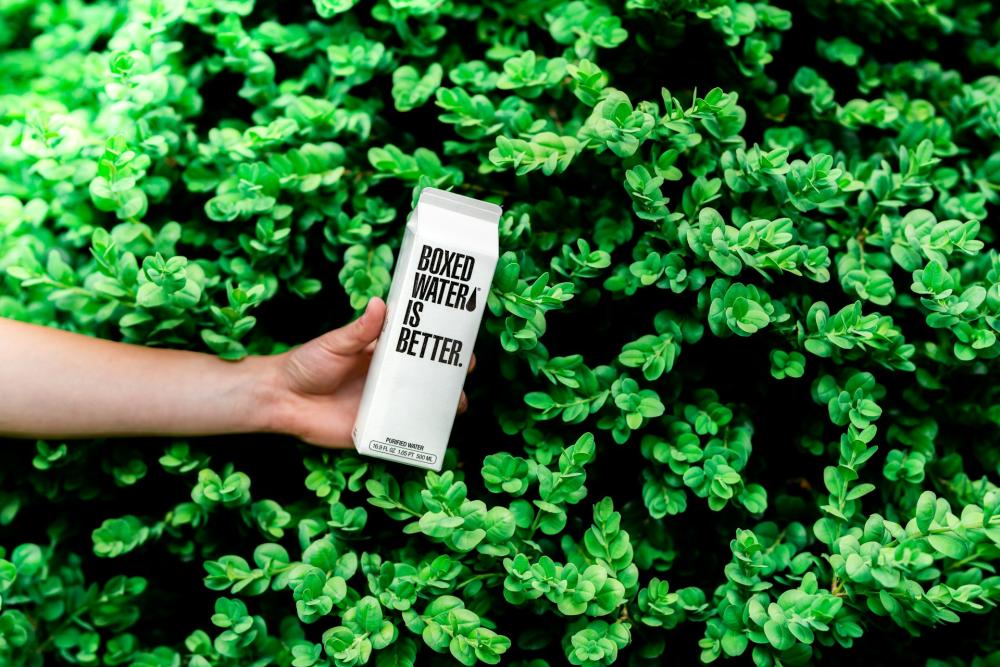Promoting products is vital for a brand's growth in today’s competitive landscape. From leveraging social media to crafting compelling campaigns and exclusive discounts, brands employ a variety of strategies to engage their audience and enhance visibility.
This article explores practical, proven methods that brands use to boost visibility and drive sales.
How do brands promote their products?
Brands promote their products by using social media, content marketing, discounts, and personalised strategies to engage customers, build trust, and drive sales.
Key Takeaways:
- Product promotion involves engaging strategies to connect with customers and highlight product value.
- Social media, content marketing, and email are cost-effective promotional tools.
- Sustainability and personalisation are emerging trends that resonate with modern consumers.
- Effective promotion builds trust, increases visibility, and drives sales through diverse channels.
Understanding Product Promotion
What is Product Promotion?

Product promotion encompasses strategies brands use to inform, persuade, and remind customers about their offerings. It goes beyond listing features, focusing on how the product addresses specific challenges or enhances daily life.
For example, a time-saving app might highlight its ability to streamline tasks, making it indispensable for busy professionals.
Why is Product Promotion Important?
In a crowded marketplace, even the best products like makeup ones can go unnoticed without proper promotion. By crafting targeted campaigns, brands can reach the right audience and stay top of mind.
Promotion also strengthens brand identity, helping businesses stand out and create loyal customers.
How Does Product Promotion Provide Solutions?
A well-thought-out promotional strategy addresses customer pain points by showcasing benefits rather than features.
For instance, brands that focus on offering solutions—like convenience, affordability, or sustainability—build stronger connections with their audience and encourage long-term trust.
Key Strategies for Promoting Products
Social Media Marketing
Social media platforms like Instagram, TikTok, and Facebook provide dynamic opportunities for brands to connect with their audience.
For instance, short, engaging TikTok videos can showcase product versatility, while Instagram stories can highlight customer testimonials to build trust.
Collaborating with influencers or encouraging user-generated content helps build trust and reach a wider audience.
Social media also allows for targeted advertising. By using platform analytics, brands can focus on specific demographics, ensuring their content reaches potential customers who are more likely to convert.
Content Marketing
Content marketing is about providing valuable and relevant information that resonates with the audience. Blogs, videos, and infographics allow brands to educate their customers while subtly promoting their products.
For example, a skincare brand might share tips for healthy skin, featuring its products as part of the solution.
Storytelling is a critical element in content marketing. Sharing relatable stories about how the product solves problems can create an emotional connection with the audience.
Traditional Advertising
Though digital marketing has grown, traditional advertising remains relevant for many brands. TV, radio, and print ads can still capture attention, particularly among older demographics.
These mediums allow brands to deliver clear, memorable messages about their products.
Combining traditional and digital advertising often produces the best results. For instance, a TV ad campaign can generate awareness, while social media provides more detailed engagement.
Promotional Events and Sponsorships

Hosting events or sponsoring community activities helps brands build visibility and foster customer relationships. Events like product launches, pop-up shops, or workshops allow customers to experience the product firsthand.
Sponsorships, on the other hand, link the brand with a cause or event that aligns with its values. For example, sponsoring a local sports team can increase exposure and community goodwill.
Discounts, Offers, and Loyalty Programmes
Discounts and special offers are classic ways to attract attention and drive sales. Limited-time promotions create urgency, prompting customers to act quickly. Bundling products at a discount can also encourage customers to buy more.
Loyalty programmes reward repeat customers, building trust and ensuring long-term engagement. Points systems or exclusive member perks give shoppers a reason to stick with the brand.
Email Marketing
Email marketing provides a direct line of communication to customers. Regular updates about new products, exclusive offers, and helpful tips keep the audience engaged. Personalised emails that address specific customer needs perform even better.
Automated email sequences, such as welcome emails or abandoned cart reminders, ensure timely and relevant interactions with potential buyers.
Collaborations and Partnerships
Brands often collaborate with other businesses to reach a broader audience. For instance, a fashion brand might partner with a jewellery designer to create a co-branded collection.
These collaborations generate buzz and provide access to new customer bases.
Strategic partnerships also help businesses share resources, reducing costs while increasing promotional impact.
By combining these strategies, brands can create a comprehensive promotional plan that addresses different audience needs and maximises product visibility.
Emerging Trends in Product Promotion
Personalised Marketing
Personalisation is transforming the way brands connect with customers. With the help of data and AI, businesses can deliver tailored content, product recommendations, and targeted ads.
For example, personalised email campaigns based on browsing history or past purchases improve engagement and increase sales.
Customers value experiences that feel tailored to their needs. By investing in personalisation, brands can foster loyalty and build stronger relationships with their audience.
With Promo Store, you can easily get personalised lunch boxes, custom utility knife, personalised chopping boards, personalised car accessories, branded car accessories, personalised suitcases, lip balms, and much more.
Sustainability-Focused Promotions
As consumers become more environmentally conscious, sustainability is a key selling point. Brands promoting eco-friendly products or sustainable practices attract attention and earn trust.
Highlighting recyclable packaging, carbon-neutral initiatives, or ethical sourcing in campaigns can resonate with this growing audience.
For example, a clothing brand might showcase its use of organic fabrics or eco-friendly dyes to stand out in the market. Aligning promotions with sustainability not only boosts sales but also reinforces a positive brand image.
Interactive Campaigns and Technology
Interactive promotions, like augmented reality (AR) experiences or gamified content, are becoming popular. These campaigns engage customers on a deeper level, making the promotional experience more memorable.
For instance, a furniture brand could use AR to let customers visualise products in their homes before purchase. Integrating innovative tech into promotions not only grabs attention but also enhances the customer journey.
Frequently Asked Questions
1. How do brands choose the right promotional strategy?
Brands select strategies based on their target audience, product type, and budget. Understanding customer preferences and market trends helps in tailoring campaigns effectively.
2. What role does social media play in product promotion?
Social media connects brands directly with their audience. It’s ideal for building engagement, running targeted ads, and sharing user-generated content.
3. Are traditional advertising methods still effective?
Yes, traditional methods like TV and print ads remain effective for reaching wider or older audiences. Combining them with digital tools enhances results.
4. How can small businesses promote products on a budget?
Small businesses can focus on cost-effective methods like social media, email marketing, and local partnerships. Leveraging organic content and community engagement works well without overspending.
Conclusion
Product promotion demands innovative strategies, a deep understanding of consumer needs, and the ability to adapt to changing trends. From social media campaigns to sustainability-focused initiatives, brands have diverse tools at their disposal to capture attention and inspire action.
Success comes from blending traditional methods with modern approaches, ensuring strong connections with customers and long-term growth.







